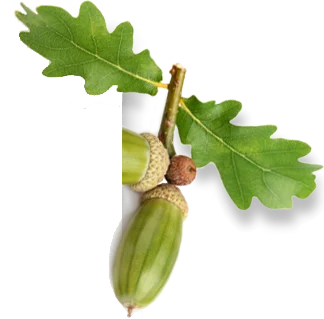Southern England and Wales

The initial stage of each job includes several different preparation stages which may or may not apply to all jobs.
Typically this would include measuring the damp content of the wooden materials and concrete subfloors in order to ensure that they are within the allowed values. Working with dry subfloors is vital for the life and stability of the flooring installation and we use two professional devices, both measuring moisture content within the material (concrete or wood) rather than just on the surface.
An important part of the fitting process is the undercutting of skirting boards which includes the undercutting of door frames and architraves. As a whole, it gives the installation an original look, unlike the use of beading or filler around frames which inevitably looks like an afterthought. It is a very skilled process which requires fine tuning as the timber needs to slot under the skirting boards without being too tight or too loose.
Soundproofing is a standard application in the form of acoustic underlay with usually 23dB noise on impact reduction. This is a must do whenever there is a wooden frame subfloor, i.e. chipboard, plywood or existing floorboards. It makes for a very comfortable feel when walking on the floor as well as ensuring that no noise is transmitted. Acoustic underlay is overall very beneficial as it improves sound and temperature insulation as well providing a moisture barrier.
There are two main reliable methods for fitting a wooden floor - sticking down on concrete (or other hard subfloors like tiles for instance) or secret nailing on wooden subfloors (with underlay). Both these methods ensure that the new floor is physically connected to the subfloor which provides strength and resilience against movement as well as comfort and noise reduction. A third method is widely offered in the market, it is called “floating” whereby the wood is laid on top of underlay without being attached in any way to the subfloor. This is a flawed concept (usually used for temporary 14mm engineered timber floors) as the floors remain noisy, wobbly and predisposed to movement and variations in air humidity. The main motivation behind the floated floors installation method is that they can be put down quickly. We believe that this is not in the best interest of any customer and we do not offer them as a matter of principal.
Custom made details are one of our strengths as we have years of experience of manufacturing thresholds, skirting boards, wooden frames (around hearths or mat wells for example). We are able to construct steps or clad various objects like exposed pipework. We are also able to manufacture skirting boards (usually from solid oak) with various designs and to a desired height.
The amount of sanding depends greatly on the type of floor, some floors need little or no sanding whereas others require a full scale deep sand. Most of the solid or engineered board floors we install come pre-sanded and require very little sanding, this is usually achieved with the use of an orbital sander and is more a cleaning procedure rather than sanding as it does not take anything from the thickness of the wood.
New or reclaimed parquet floors require a much more thorough sanding process, the use of belt sander almost inevitable. In the case of reclaimed floors, the sanding is a very lengthy and time consuming process, often requiring several runs of 24 grit just to achieve a flat surface.
Vacuuming the sanded floors to perfection is imperative and vital for the quality of the final product. We use powerful professional vacuum cleaners at the end and during the sanding process.
The sealing of the floor follows immediately after sanding has completed. To finish our floors we prefer to use Osmo Polyx Hardwax Oils which we believe to be superior to any other product on the market. Application consists of two coats which are brushed in with a large natural hair brush.
As part of the finishing of our installations we would also trim doors to the correct size and replace them.
We would normally remove and dispose of all waste that arises from the work unless otherwise agreed.
Protecting the floors is an important part of the finish, however it normally applies to commercial jobs or domestic jobs where the wood flooring project is a part of a larger refurbishment.